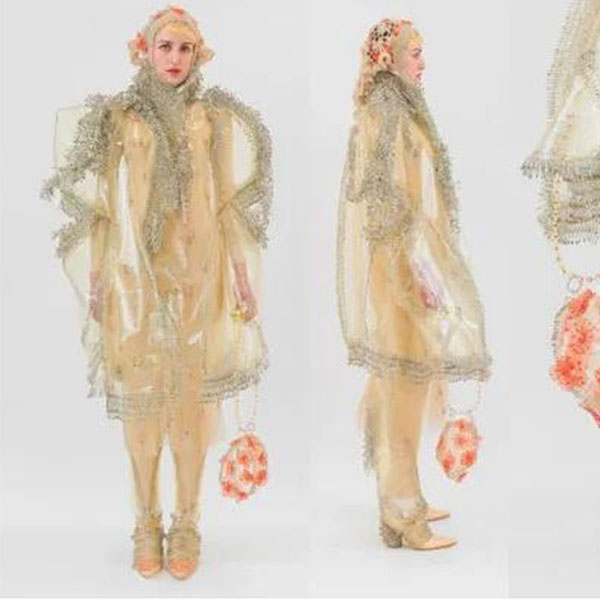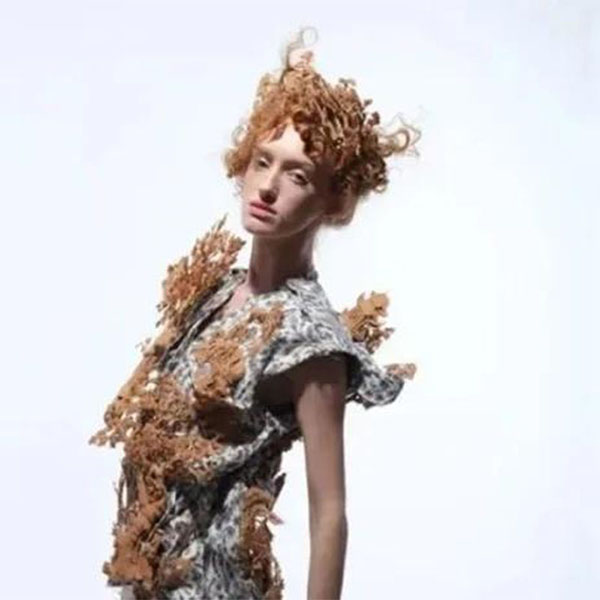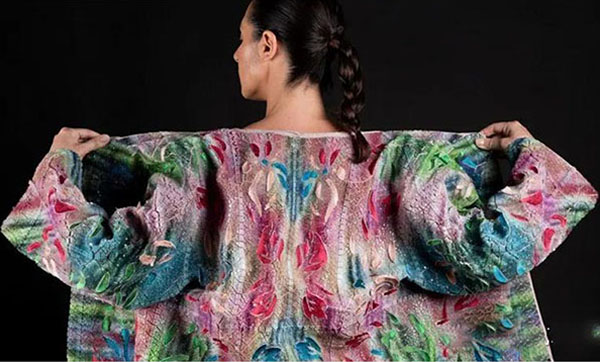Fashion design portfolios are an important way for designers to showcase their creativity and skills, and choosing the right theme is crucial. Fashion is an ever-changing field, with new design trends and creative inspirations emerging every year. The year 2024 is ushering in a new revolution in fashion. From sustainability to technological innovation, from cultural diversity to personalization, fashion design in 2024 will show more exciting changes and developments.
In this rapidly changing fashion world, we can not only see the innovative thinking of designers, but also feel the social, technological, cultural and other aspects of the influence. This article will explore the new trends in clothing design in 2024 and look at the direction of fashion in the future.
1. Sustainable fashion
Sustainable fashion refers to a fashion model that minimizes negative environmental and social impacts during production, design, sales and consumption. It emphasizes the efficient use of resources, the lowest carbon emissions from production, the reuse of materials and respect for labor rights. This fashion model aims to promote harmony between people and the environment, as well as responsibility for future generations.
(1)Increase in environmental awareness: People are becoming more aware of the impact of the fast fashion industry on the environment, so they are more inclined to choose environmentally conscious brands and products.
(2) Support of regulations and policies: Many countries and regions have begun to develop regulations and policies to promote the development of sustainable fashion.
(3)Changes in consumer demand: More consumers are becoming aware of the impact of their purchasing behaviors on the environment and society. They are more likely to support brands that adopt environmentally friendly practices.
(4)Advances in technology: The emergence of new technologies has made sustainable fashion much easier to achieve. For example, 3D printing technology digital design can reduce resource consumption, smart fibers can improve the durability of clothing.
Mata Durikovic is a nominee for the LVHM Green Trail Award and a winner of several awards. Her brand aims for fully sustainable luxury goods that degrade into individual materials and are easy to recycle. She has been exploring bioplastic materials, such as starch/fruit and jelly-based bioplastics, to develop them into an edible fabric called "bioplastic crystal leather" - a leather-like consistency that serves as a leather alternative.

And created bioplastic crystal leather with 3D embroidery. The explosive blend of recycled Swarovsly crystals with zero-waste crochet technology, expression pushes the limits of luxury fashion sustainability
2. Virtual fashion
Virtual fashion refers to the use of digital technology and virtual reality technology to design and display clothing. Let people experience fashion in the virtual world. This form of fashion includes not only virtual clothing design, but also virtual fitting, digital fashion shows and virtual brand experiences. Virtual fashion brings new possibilities to the fashion industry, allowing consumers to display and experience fashion in the virtual world, and also brings a broader market and creative space for brands.
(1) The promotion of scientific and technological progress: With the continuous progress of science and technology, including AR, VR, and 3D modeling technology, making virtual fashion possible.
(2) The influence of social media: The popularity of social media has increased people's demand for virtual images and virtual experiences. People want to show their personality and fashion taste in the virtual space.
(3) Environmental protection and sustainability: Virtual fashion can reduce the manufacturing and consumption of physical clothing, thereby reducing the impact on the environment, in line with the current trend of sustainable development.
(4) Changes in consumer demand: The younger generation of consumers pay more attention to personalized and digital experience, and virtual fashion can meet their new needs for fashion experience.
Auroboros, a fashion house that combines science and technology with physical fashion and digital-only ready-to-wear, debuted its first digital-only ready-to-wear collection at London Fashion Week. Showcases the "Bio-mimicry" digital collection, inspired by the cyclical forces of nature, technology and the impact of Alex Garland's sci-fi films on Hayao Miyazaki's anime. Free from all material constraints and waste, the bionic digital collection of full body and size invites everyone to immerse themselves in the utopian world of Auroboros.
3. Reinvent tradition
Reshaping tradition refers to the re-interpretation of traditional clothing patterns, crafts and other elements, integrating traditional crafts into contemporary fashion design, by exploring and protecting traditional handicraft techniques, combined with traditional elements of different cultures, to create unique and creative works. This fashion model aims to inherit the historical culture, while meeting the aesthetic needs of modern consumers, so that traditional culture can breathe new life.
(1) Enthusiasm for cultural return: Under the tide of globalization, people's re-identification and return to local culture are becoming more and more intense. Reshaping traditional fashion satisfies people's longing and longing for traditional culture.
(2) Consumers' tracing of history: More and more consumers are interested in history and traditional culture, and they hope to express their respect and love for tradition through fashion.
(3) The promotion of cultural diversity: People's openness and tolerance to different cultures also promote the trend of reshaping traditional fashion. Designers can draw inspiration from different cultures to create diverse pieces.
Ruiyu Zheng, an emerging designer from Parsons College, integrates traditional Chinese wood carving techniques into fashion design. In her design, the silhouettes of Chinese and Western buildings are more three-dimensional on the unique texture of the fabric. Zheng Ruiyu layered intricate cork carvings to create a unique effect, making the clothes on the models look like walking sculptures.

4. Personalized customization
Customized clothing is tailored to the needs and preferences of customers. Compared with the traditional ready-to-wear, personalized customized clothing is more suitable for the customer's body shape and style, and can show personalized characteristics, so that consumers can get more satisfaction and confidence in fashion.
(1) Consumer demand: Consumers are increasingly pursuing individuality and uniqueness. They want to be able to express their personality and style in their clothes.
(2) The development of technology: With the development of technology such as 3D scanning, virtual fitting and custom software, personalized customization has become easier to achieve.
(3) The impact of social media: The popularity of social media has further increased the demand for personalized customization. People want to show their unique style on social platforms, and personalization can help them achieve this goal.
Ganit Goldstein is a 3D fashion designer specializing in the development of smart textile systems. His interest lies in the intersection of process and technology in innovative products, primarily focusing on the integration of 3D printing and scanning into 3D textiles. Ganit specializes in the process of creating 3D printed clothing from the measurements of a 360-degree body scanner, which allows her to create customized products that perfectly fit an individual's body shape.

In short, 2024 will be a revolution in the fashion industry, full of new design trends and creative inspiration.
From sustainable fashion to virtual fashion, from reinventing tradition to personalization, these new trends will redefine the future of fashion. In this era of change, designers will use innovative thinking and diverse influences to shape a more diverse, inclusive and sustainable fashion industry.
Post time: Aug-19-2024






